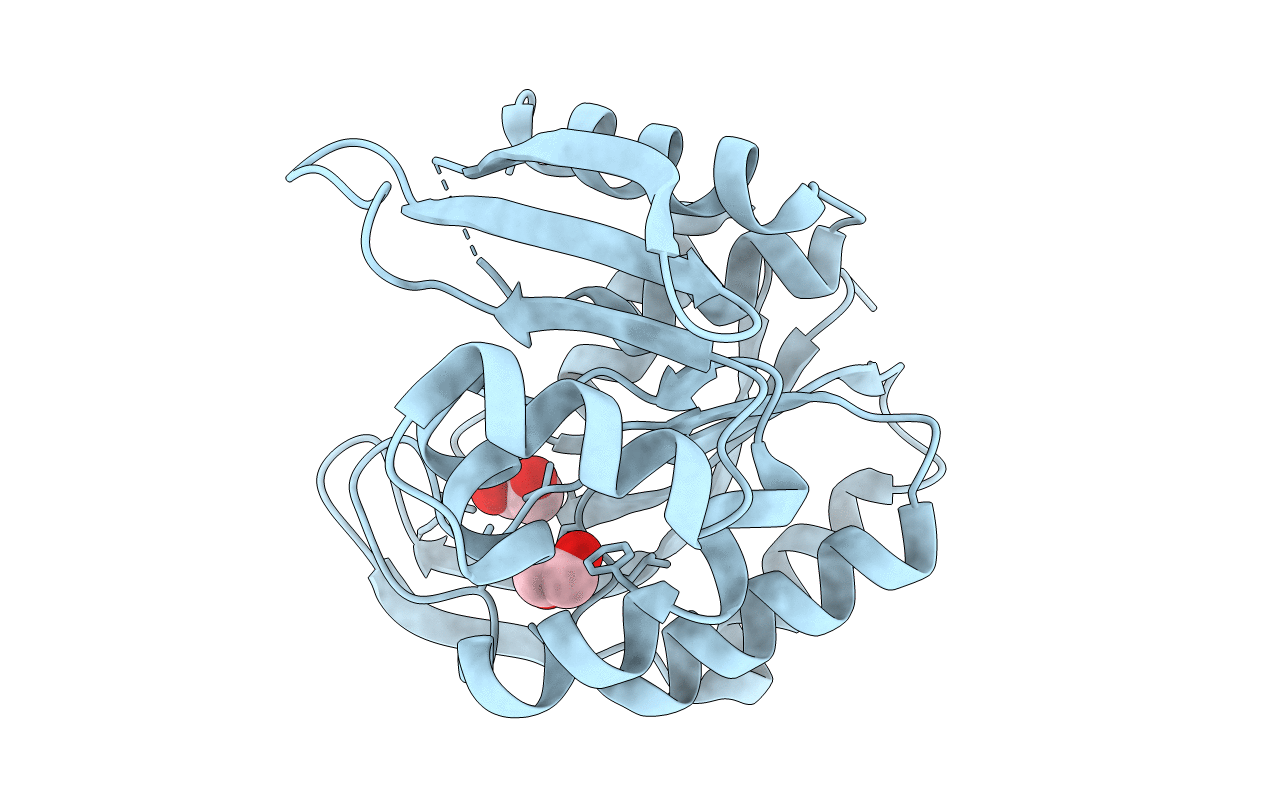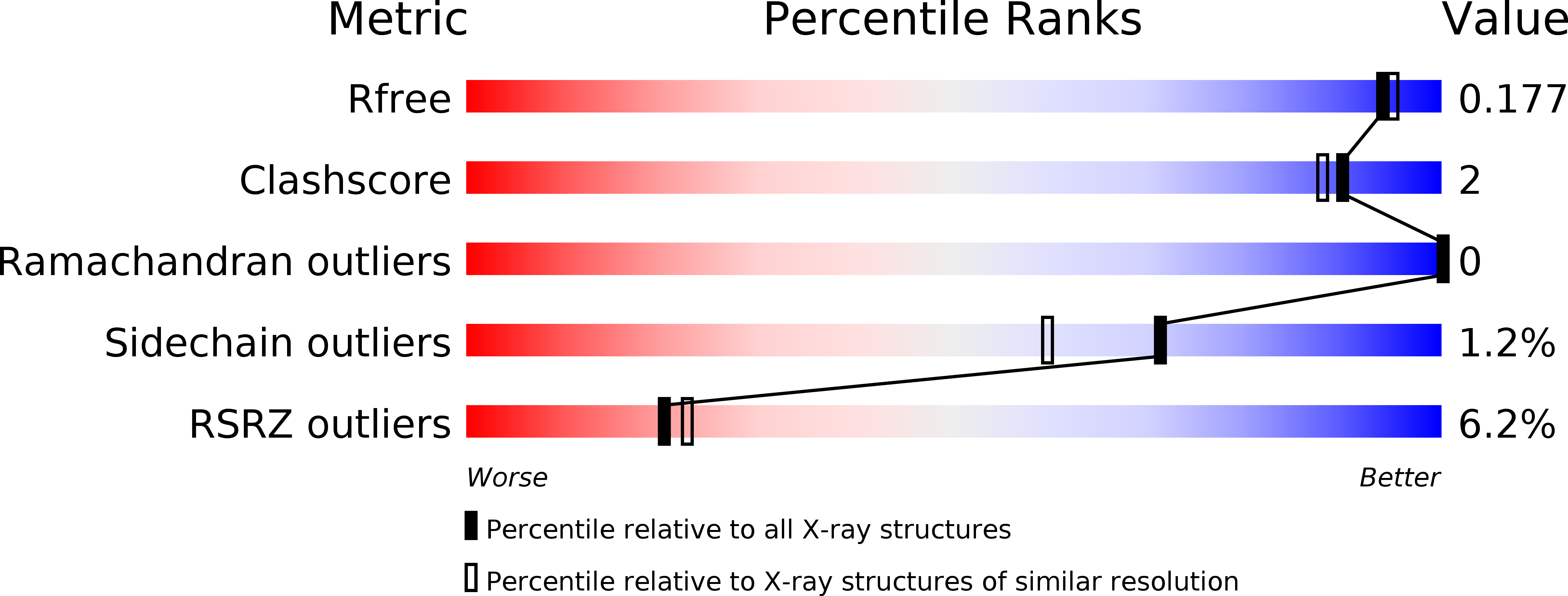
Deposition Date
2015-03-04
Release Date
2015-04-01
Last Version Date
2024-11-06
Entry Detail
PDB ID:
4YL5
Keywords:
Title:
Structure of a putative phosphomethylpyrimidine kinase from Acinetobacter baumannii
Biological Source:
Source Organism:
Acinetobacter baumannii IS-123 (Taxon ID: 903899)
Host Organism:
Method Details:
Experimental Method:
Resolution:
1.70 Å
R-Value Free:
0.17
R-Value Work:
0.16
R-Value Observed:
0.16
Space Group:
C 2 2 21


